Dick Clark, 1929–2012
The man who put rock ’n’ roll on TV
Years before he was nicknamed “America’s oldest teenager,” Dick Clark found his boyish looks an obstacle to success. He was fired as a beer pitchman, for instance, because the brewery owner thought he looked too young to drink. But when Philadelphia television station WFIL needed a youthful presenter for its teen dance program Bandstand in the late 1950s, it turned to Clark. “I was 26 years old, looked the part, knew the music,” said Clark, then working at an affiliated radio station. “They said, ‘Do you want it?’ And I said, ‘Oh man, do I want it!’”
Born in Bronxville, N.Y., Clark got his first taste of show business in the mail room of a radio station his father managed, said NPR.org. He worked briefly as a television news announcer in Utica, N.Y., before landing his Philadelphia radio job. A year after becoming the host of Bandstand, he persuaded ABC to syndicate the show nationally, and in 1957, American Bandstand was born.
The program ran for 32 years and introduced American audiences to generations of pop stars—from Ritchie Valens and the Monkees to Madonna and Luther Vandross, said The New York Times. The show “did as much as anyone or anything to advance the influence of teenagers and rock ’n’ roll on American culture.” In the early 1960s, 20 million viewers tuned in every weekday afternoon to watch clean-cut teens dancing to the latest hits and hear the “plugged-in pseudoteen” Clark deliver his catchphrase: “It’s got a good beat and you can dance to it.”
The Week
Escape your echo chamber. Get the facts behind the news, plus analysis from multiple perspectives.

Sign up for The Week's Free Newsletters
From our morning news briefing to a weekly Good News Newsletter, get the best of The Week delivered directly to your inbox.
From our morning news briefing to a weekly Good News Newsletter, get the best of The Week delivered directly to your inbox.
With his “savvy business eye” and ear for a good tune, said the Los Angeles Times, Clark drifted into “wider music pursuits” as American Bandstand flourished. In 1960 congressional hearings into bribery in the music business, Clark admitted that he had accepted gifts from record companies and had to divest himself of record-pressing and distribution businesses to keep his Bandstand job. He moved into television production, creating the American Music Awards and TV shows such as TV’s Bloopers and Practical Jokes, The $10,000 Pyramid, and New Year’s Rockin’ Eve, an annual spectacular that began in 1972. Clark missed the 2004 show after a stroke, said The Washington Post. But every year since then, he “continued his signature countdown of the final seconds before the clock struck midnight.”
A free daily email with the biggest news stories of the day – and the best features from TheWeek.com
-
 Why it’s important to shop around for a mortgage and what to look for
Why it’s important to shop around for a mortgage and what to look forThe Explainer You can save big by comparing different mortgage offers
-
 4 ways to save on rising health care costs
4 ways to save on rising health care costsThe Explainer Health care expenses are part of an overall increase in the cost of living for Americans
-
 How to financially prepare for divorce
How to financially prepare for divorceThe Explainer Facing ‘irreconcilable differences’ does not have to be financially devastating
-
 Joanna Trollope: novelist who had a No. 1 bestseller with The Rector’s Wife
Joanna Trollope: novelist who had a No. 1 bestseller with The Rector’s WifeIn the Spotlight Trollope found fame with intelligent novels about the dramas and dilemmas of modern women
-
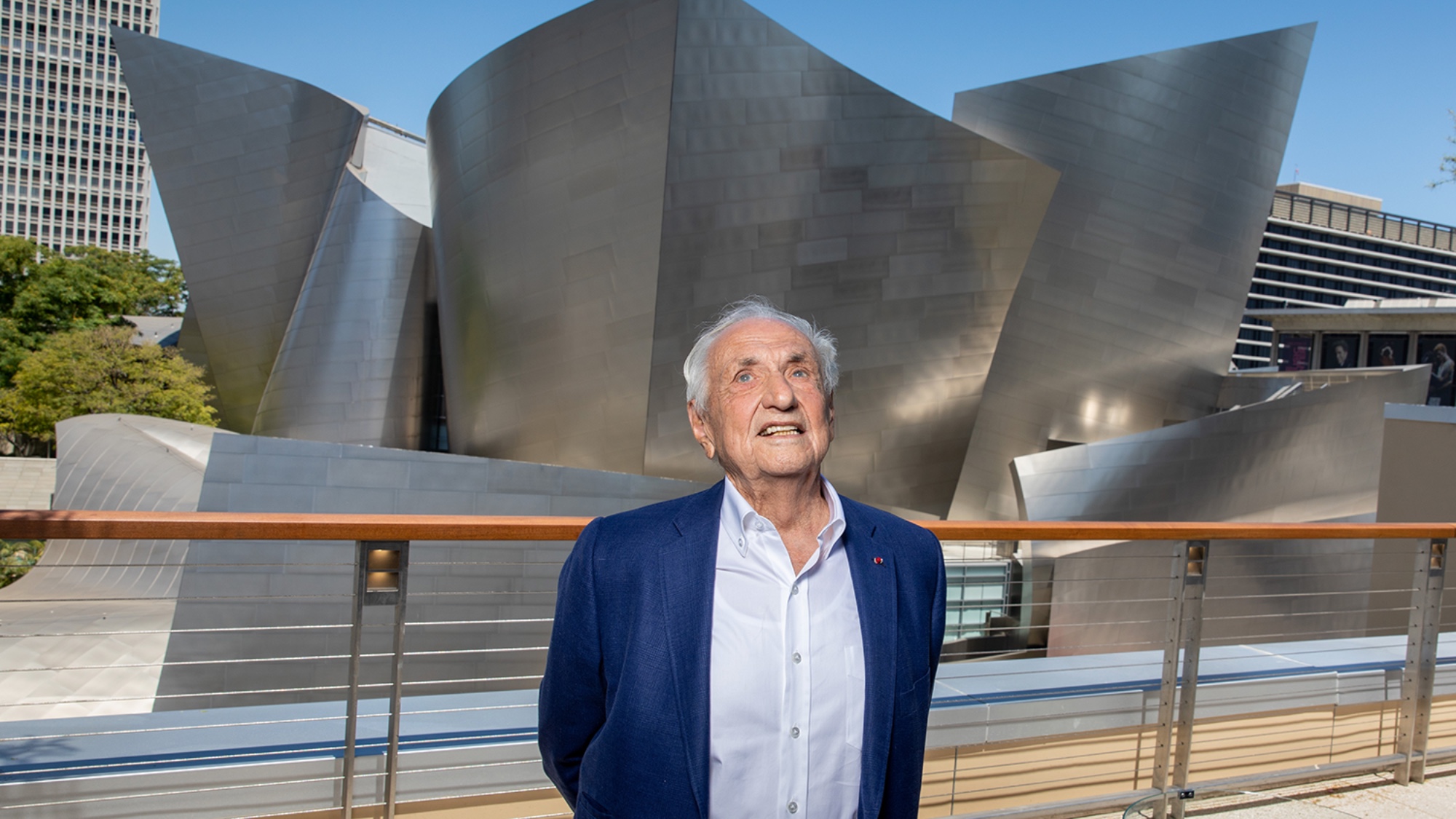 Frank Gehry: the architect who made buildings flow like water
Frank Gehry: the architect who made buildings flow like waterFeature The revered building master died at the age of 96
-
 R&B singer D’Angelo
R&B singer D’AngeloFeature A reclusive visionary who transformed the genre
-
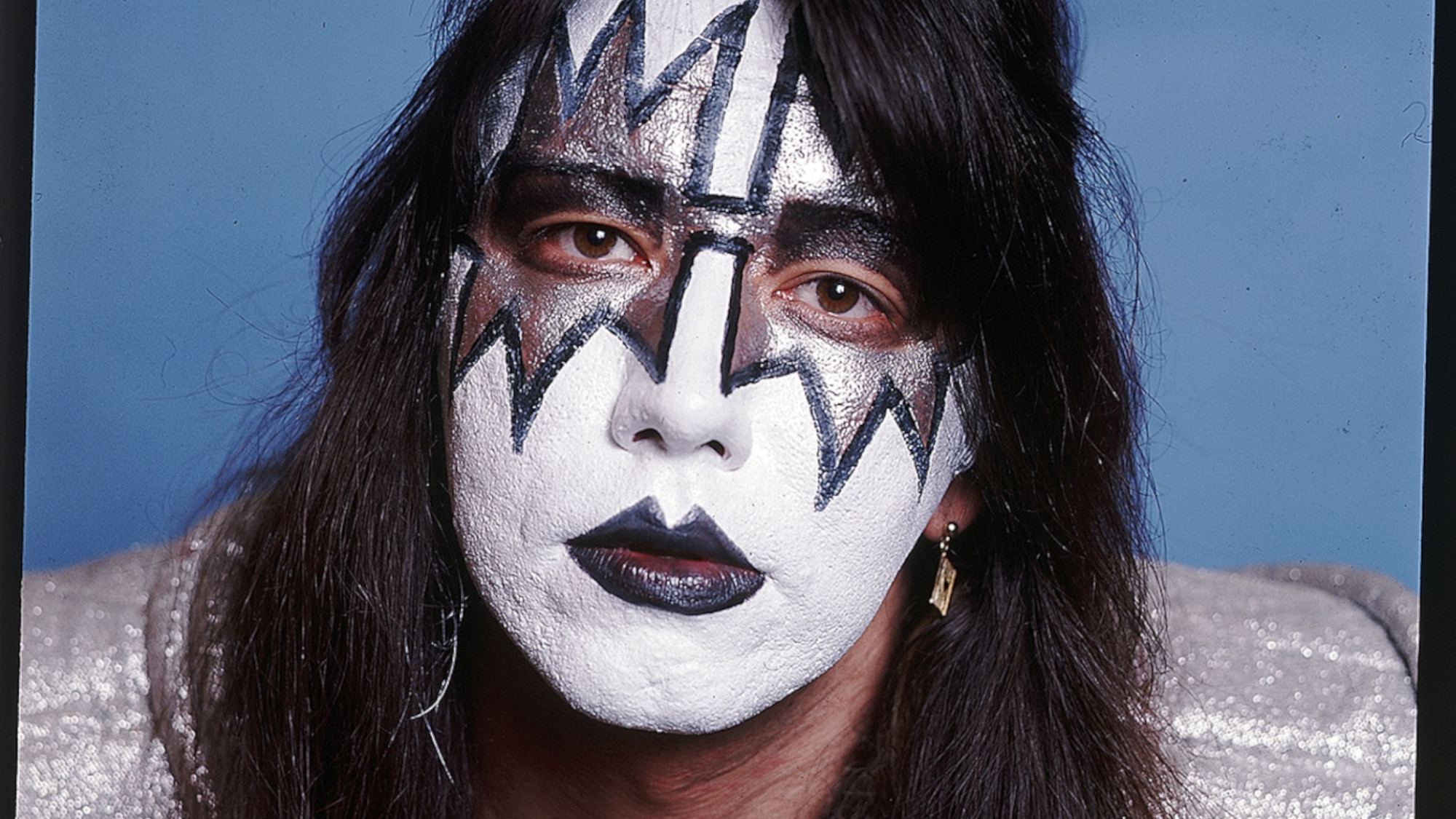 Kiss guitarist Ace Frehley
Kiss guitarist Ace FrehleyFeature The rocker who shot fireworks from his guitar
-
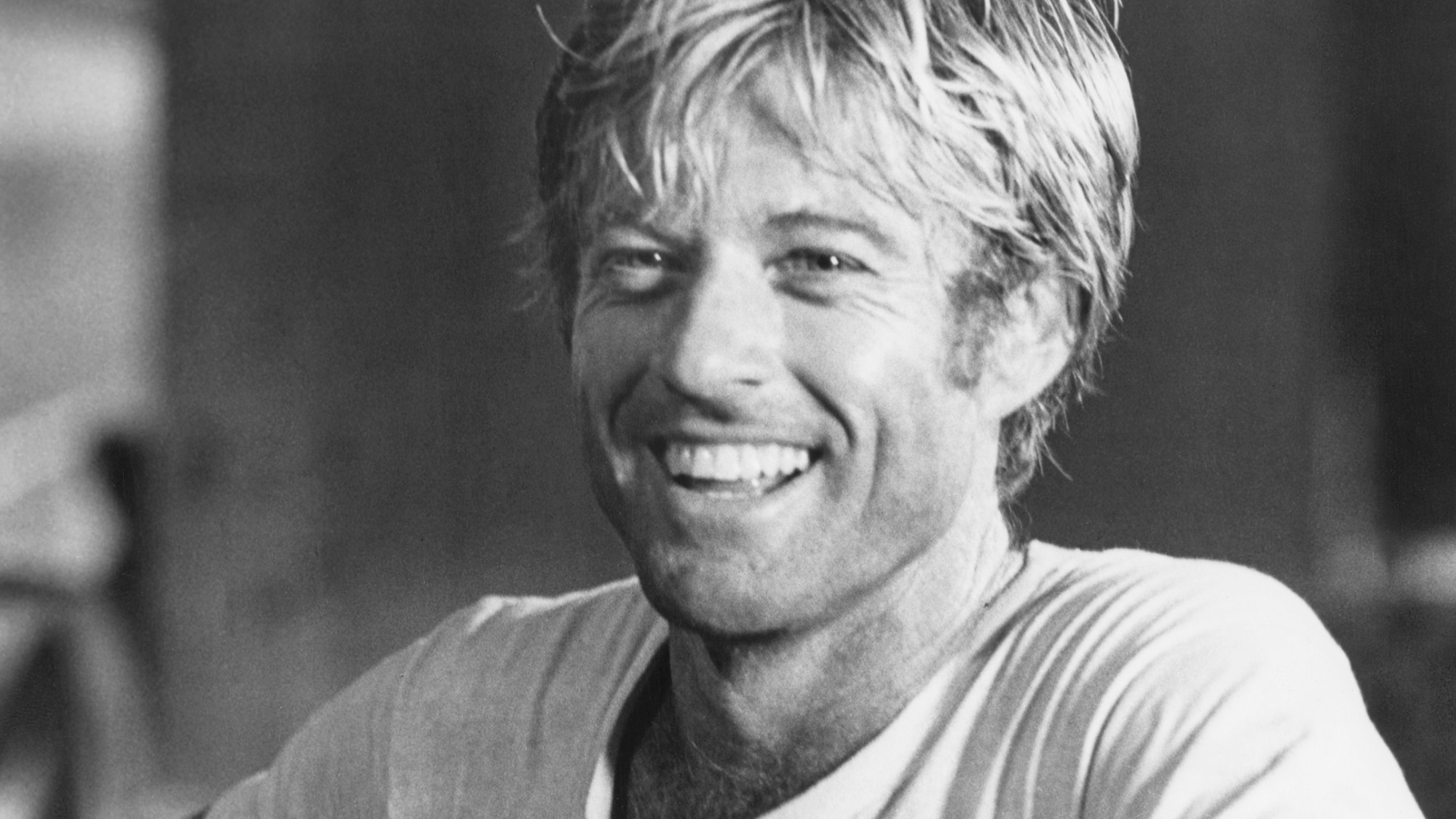 Robert Redford: the Hollywood icon who founded the Sundance Film Festival
Robert Redford: the Hollywood icon who founded the Sundance Film FestivalFeature Redford’s most lasting influence may have been as the man who ‘invigorated American independent cinema’ through Sundance
-
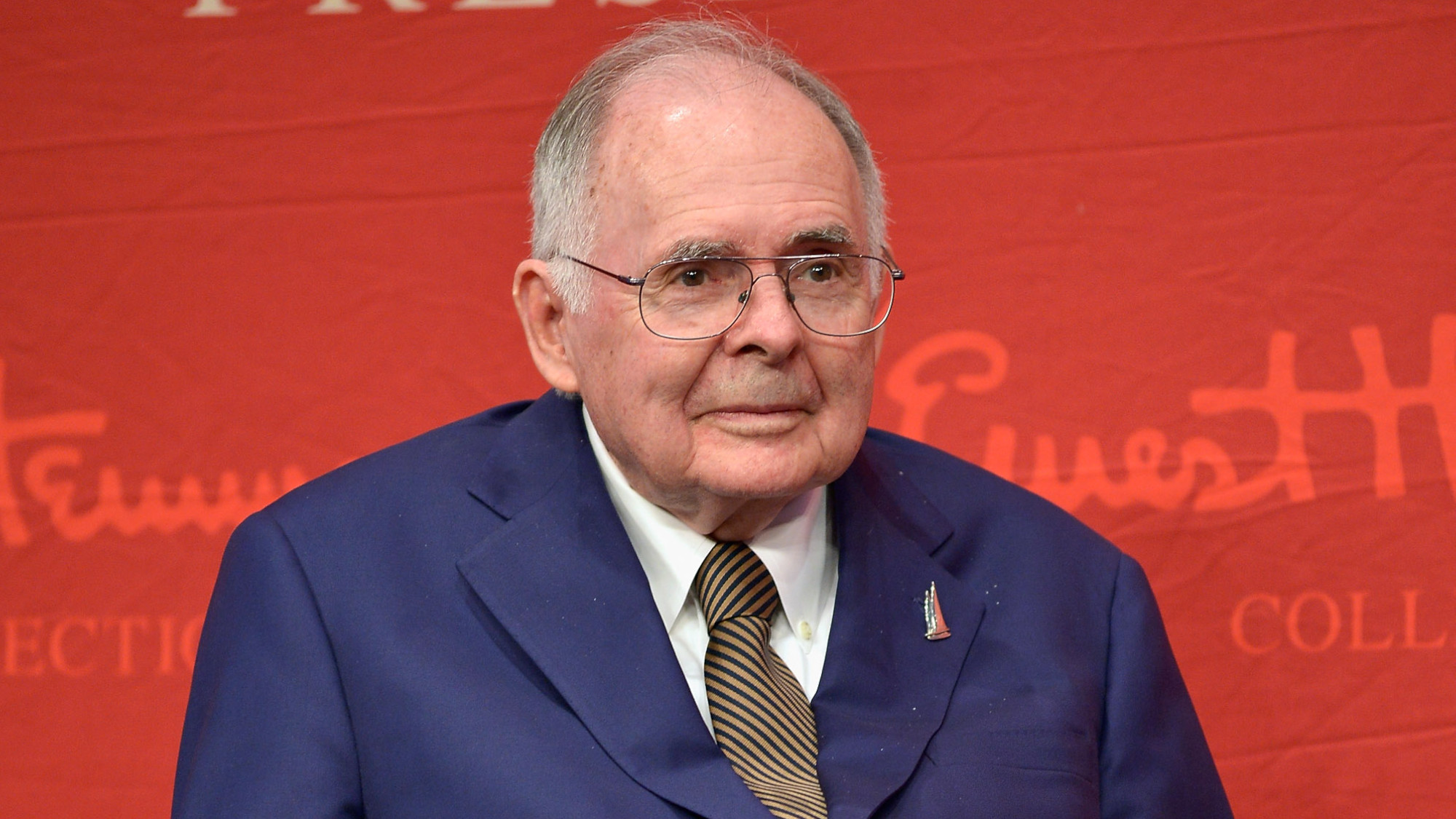 Patrick Hemingway: The Hemingway son who tended to his father’s legacy
Patrick Hemingway: The Hemingway son who tended to his father’s legacyFeature He was comfortable in the shadow of his famous father, Ernest Hemingway
-
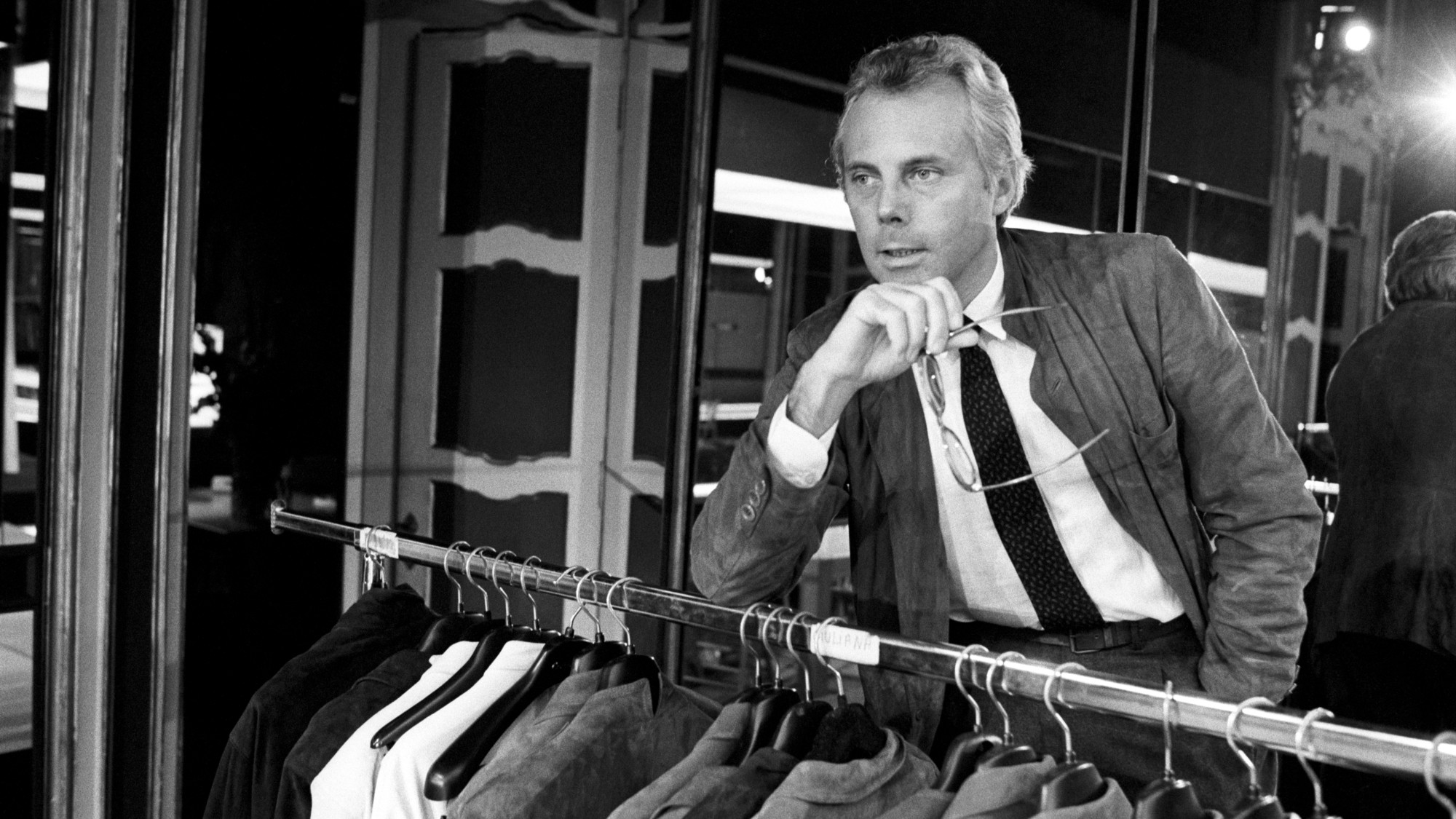 Giorgio Armani obituary: designer revolutionised the business of fashion
Giorgio Armani obituary: designer revolutionised the business of fashionIn the Spotlight ‘King Giorgio’ came from humble beginnings to become a titan of the fashion industry and redefine 20th-century clothing
-
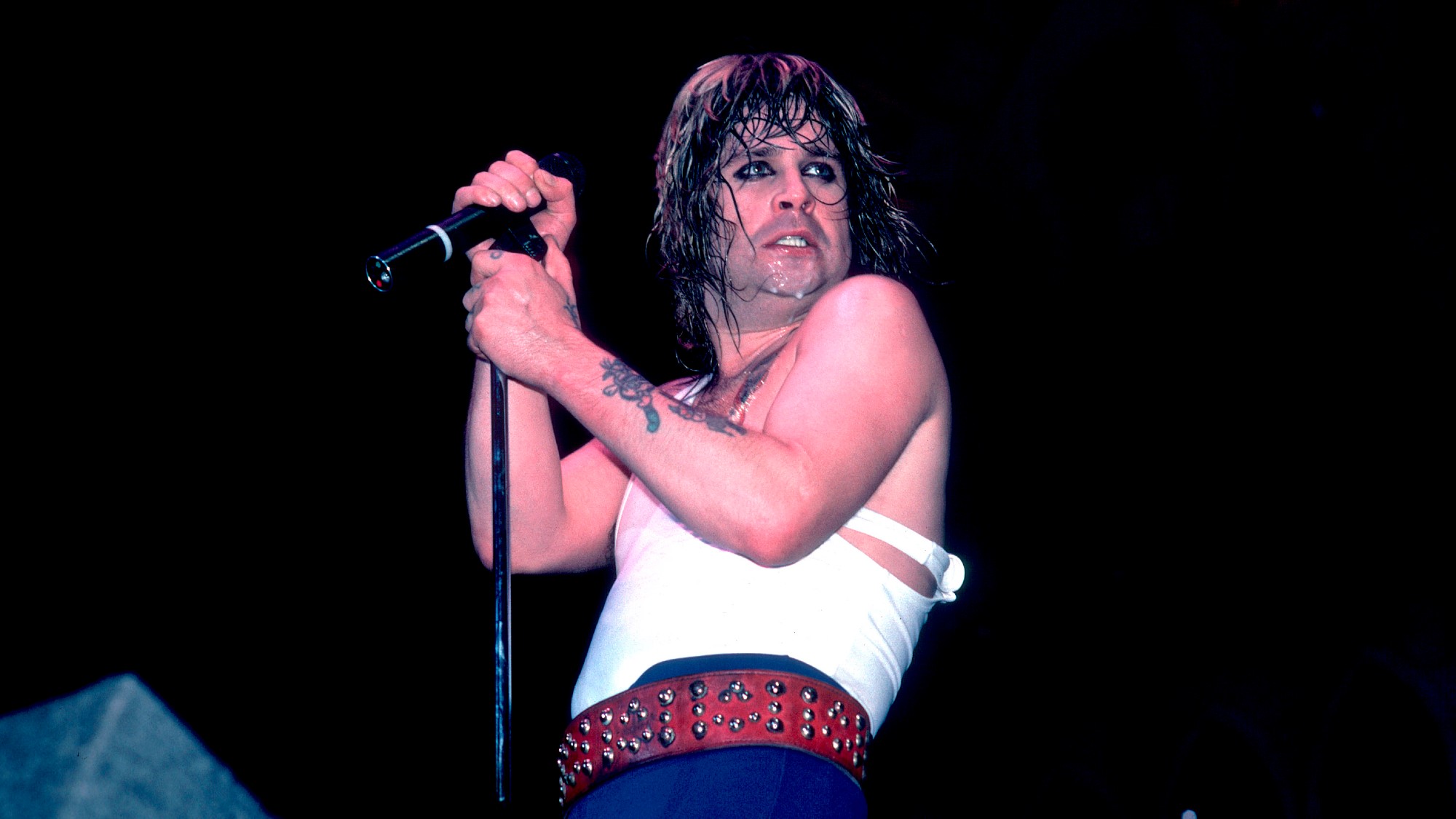 Ozzy Osbourne obituary: heavy metal wildman and lovable reality TV dad
Ozzy Osbourne obituary: heavy metal wildman and lovable reality TV dadIn the Spotlight For Osbourne, metal was 'not the music of hell but rather the music of Earth, not a fantasy but a survival guide'